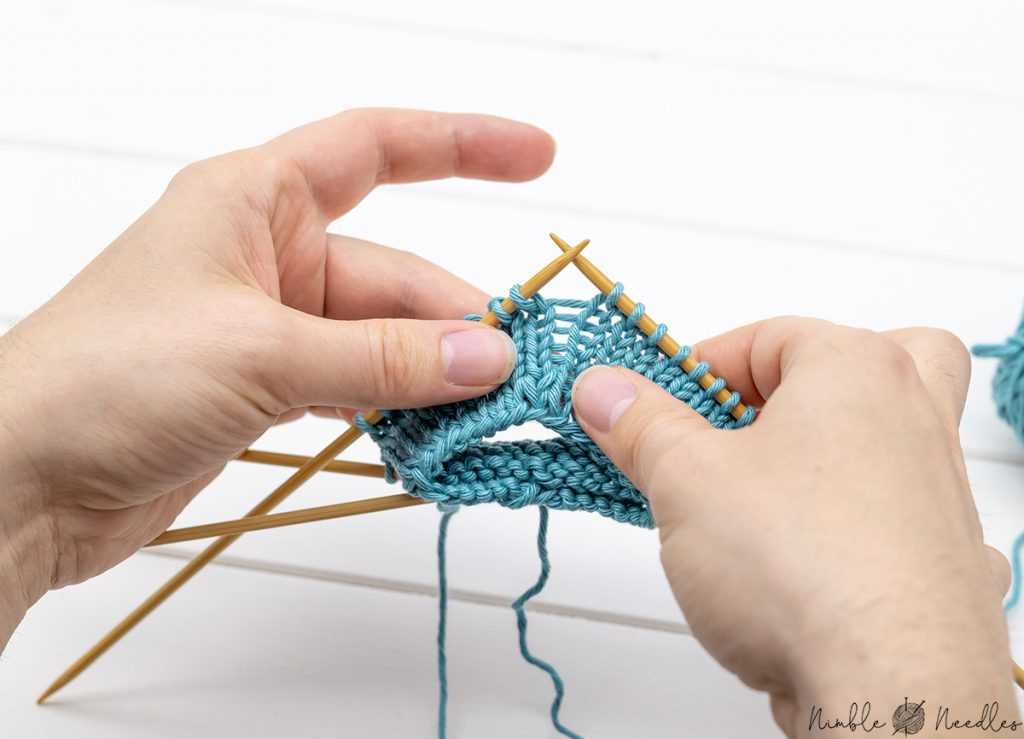
Knitting hats can be a fun and enjoyable pastime, but not everyone is comfortable using double pointed needles. Whether you’re a beginner knitter or simply prefer a different knitting technique, there are plenty of knit hat patterns that don’t require double pointed needles.
One option is to use circular needles instead. Circular needles have a flexible cable that connects the two needle tips, allowing you to knit in the round without the need for double pointed needles. This can make knitting a hat more comfortable and less fiddly, especially if you’re new to knitting or find double pointed needles difficult to manage.
Another option is to use the magic loop technique. This technique involves using a long circular needle and a longer cable to create a loop, which allows you to knit small circumferences such as hat brims or the crowns of hats. The magic loop technique can be a great alternative to double pointed needles, as it eliminates the need for multiple needle changes and can be easier to handle.
Knit Hat Patterns Without Double Pointed Needles
Knitting hats can be a fun and rewarding project, but if you’re not comfortable using double-pointed needles, there are plenty of patterns available that use other techniques. Whether you prefer using circular needles, magic loop, or straight needles, you can find a pattern that suits your knitting style.
If you’re new to hat knitting or just looking for a simple pattern, a basic beanie made with circular needles is a great option. With this technique, you use a long circular needle to knit the entire hat in the round, eliminating the need for double-pointed needles. This method is great for beginners as it reduces the risk of dropped stitches and allows for seamless knitting.
If you’re more experienced and want to try something different, the magic loop technique is a popular choice for knitting hats. With magic loop, you use a long circular needle with a flexible cable to knit small circumferences, such as a hat. This technique eliminates the need for double-pointed needles and allows for easy adjustments to fit different head sizes. It’s a versatile method that can be used for a variety of hat patterns.
- Pattern idea: Try knitting a slouchy hat using the magic loop technique. This style is trendy and can be customized with different stitch patterns or yarn colors.
If you prefer using straight needles, you can still knit hats without the need for double-pointed needles. There are hat patterns available that are knitted flat and then seamed together. This technique is great for those who enjoy the simplicity of straight needle knitting. It’s also a good option if you find working in the round more challenging.
- Pattern idea: Knit a ribbed hat using straight needles. The ribbing adds texture and elasticity to the hat, making it comfortable to wear.
In conclusion, knitting hats without double-pointed needles is entirely possible. Whether you choose to use circular needles, magic loop, or straight needles, there are patterns available to suit your preferences. So grab your needles and yarn, and start making cozy hats for yourself or your loved ones!
Knitting Hats with Circular Needles
Knitting hats with circular needles is a convenient and versatile method that eliminates the need for double pointed needles. Circular needles consist of two needle tips connected by a flexible cable, allowing you to knit in the round seamlessly. This means you can make hats without having to seam them later, resulting in a more professional and polished finish.
One of the advantages of using circular needles for knitting hats is that they can hold a larger number of stitches than straight needles. This makes them ideal for knitting hats with bulky or chunky yarns, as you can easily accommodate the larger stitch counts without worrying about the stitches falling off the needle. Circular needles also distribute the weight of the project more evenly, making them more comfortable to work with for longer periods of time.
When knitting hats with circular needles, you can choose between two methods: Magic Loop or using a set of double pointed needles for the crown. The Magic Loop method involves using a circular needle with a long cable to knit small circumferences, such as the crown of a hat. This technique allows you to create hats of different sizes without needing multiple sets of circular needles.
If you prefer using double pointed needles for the crown, you can still start the hat with circular needles and switch to double pointed needles once the stitch count is too small for the circular needle. This method gives you the best of both worlds, combining the ease of working with circular needles for the majority of the project and the precision of using double pointed needles for the more delicate crown stitches.
Overall, knitting hats with circular needles is a popular and efficient technique that offers flexibility and comfort. Whether you choose to use the Magic Loop method or switch to double pointed needles for the crown, circular needles make hat knitting easier and more enjoyable. So grab your circular needles and your favorite yarn, and start knitting your own cozy and stylish hats!
Advantages of Knitting Hats with Circular Needles
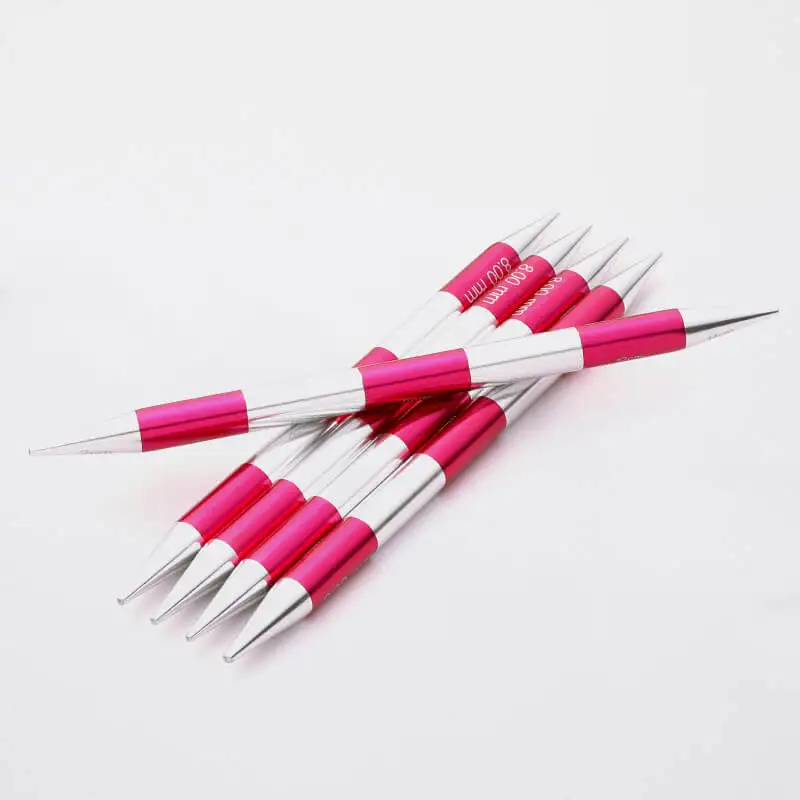
When it comes to knitting hats, many people prefer to use circular needles instead of double pointed needles. There are several advantages to using circular needles for this project.
No need for seam: One of the biggest advantages of knitting hats with circular needles is that there is no need to sew a seam. With double pointed needles, you would typically knit the hat in several sections and then sew them together. This can be time-consuming and may not always result in a seamless finish. With circular needles, you can knit the entire hat in one piece, eliminating the need for any seams.
Easier to manage: Knitting with circular needles can be easier to manage than double pointed needles, especially for beginners. Circular needles allow you to knit in the round, meaning you can continuously work on the hat without having to constantly switch needles. This can make the process more enjoyable and less confusing, particularly for those who are new to knitting hats.
Less chance of dropped stitches: Another advantage of using circular needles is that there is less chance of dropping stitches. With double pointed needles, it can be easy to accidentally drop stitches off the ends, especially if you are not familiar with the technique. Circular needles keep all the stitches securely in place, reducing the risk of dropped stitches and making it easier to maintain the correct stitch count throughout the project.
Versatile and adjustable: Circular needles come in a variety of lengths and widths, allowing you to easily adjust the size of your hat as needed. This versatility makes circular needles a great choice for knitting hats of all sizes, from newborn to adult. Additionally, circular needles can also be used to knit other projects besides hats, such as cowls, scarves, and even sweaters, making them a versatile tool for knitters.
In conclusion, knitting hats with circular needles offers several advantages over using double pointed needles. From eliminating the need for a seam to providing an easier knitting experience, circular needles are a versatile and convenient option for knitting hats of all sizes.
Choosing the Right Circular Needles for Hat Knitting
When it comes to knitting hats, circular needles are a popular choice among many knitters. Unlike double pointed needles, circular needles offer a continuous loop of stitches, making them easier to manage and reducing the risk of dropped stitches. However, with so many options available, it can be overwhelming to choose the right circular needles for hat knitting. Here are some factors to consider when making your selection.
Size: The size of the circular needles will depend on the gauge and thickness of the yarn you plan to use. It’s important to choose needles that match the recommended gauge for the hat pattern you are knitting. Most circular needles are available in various sizes, ranging from 16 inches to 40 inches in length.
Material: Circular needles can be made from various materials, including metal, wood, or plastic. Each material has its own advantages and disadvantages. Metal needles are known for their durability and smoothness, making them ideal for faster knitting. Wood needles provide a warm and comfortable grip, which can be beneficial for longer knitting sessions. Plastic needles are lightweight and budget-friendly, making them a popular choice for beginners.
Other factors to consider when choosing circular needles for hat knitting:
- Length: The length of the circular needles should be determined by the circumference of the hat you plan to knit. Longer needles are generally better for larger hats, while shorter needles are suited for smaller projects or projects with a smaller circumference.
- Tip type: Circular needles can have either sharp or blunt tips. Sharp tips are great for intricate stitch patterns and precision, while blunt tips are better for beginners or those who prefer a more relaxed knitting experience.
- Cord flexibility: Some circular needles have more flexible cords than others. A flexible cord allows for easier manipulation of stitches and reduces strain on your hands and wrists.
- Brand and price: There are many reputable brands that offer high-quality circular needles. Price can vary depending on the brand and materials used. It’s important to choose a brand and price point that suits your budget and preferences.
By considering factors such as size, material, length, tip type, cord flexibility, and brand, you can find the right circular needles for hat knitting that suit your needs and preferences. Remember to also consider your own knitting style and comfort when making your selection. Happy knitting!
Basic Hat Knitting Pattern with Circular Needles
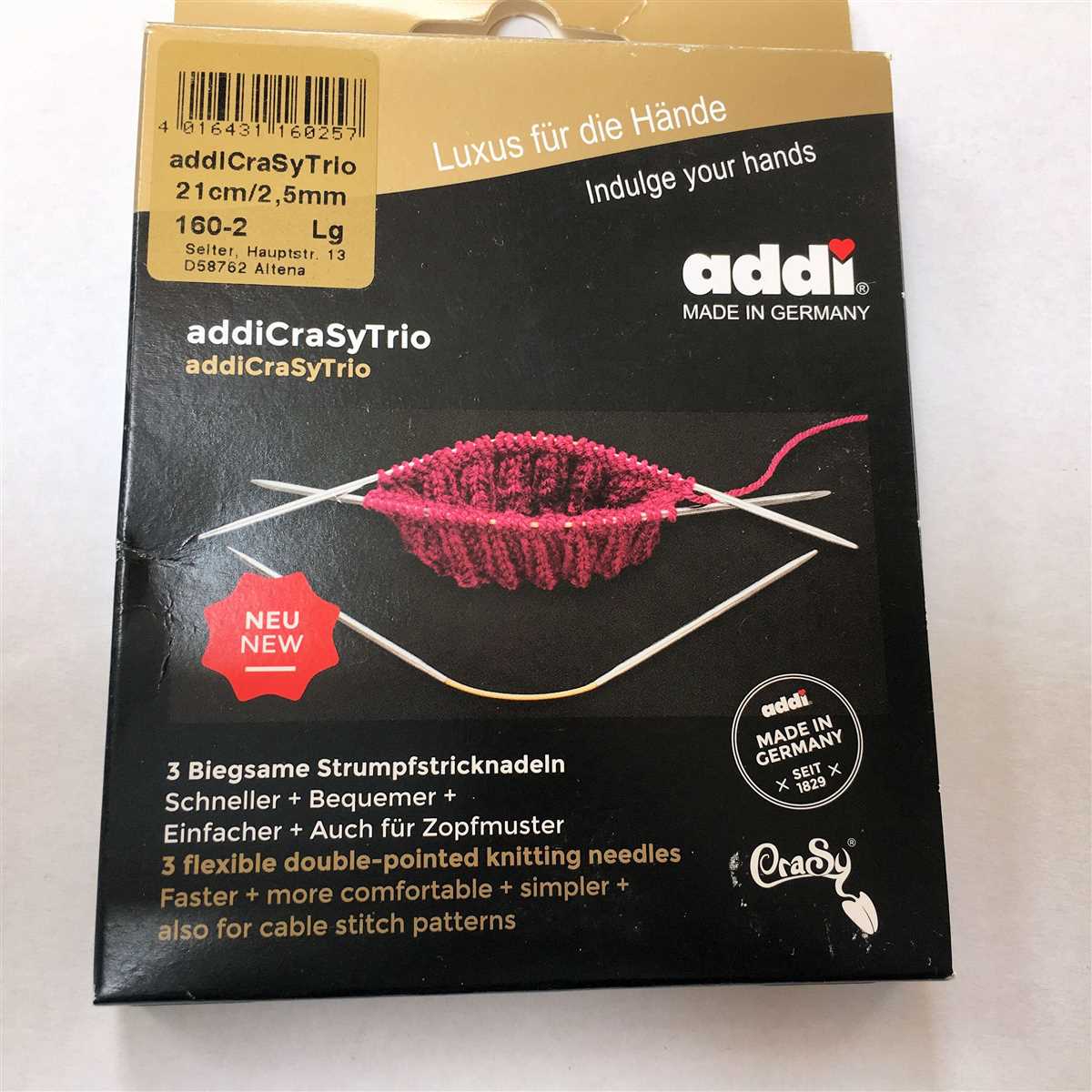
If you’re new to knitting and want to make a hat without using double pointed needles, circular needles are a great alternative. With circular needles, you can knit in the round, creating a seamless hat without the need for sewing up any seams.
To start, you’ll need a set of circular needles in the appropriate size for your chosen yarn. You’ll also need a stitch marker to mark the beginning of each round.
Step 1: Cast on the desired number of stitches onto your circular needles. This will depend on the size of the hat you want to make and the stitch pattern you choose. A simple ribbed pattern is a good option for beginners.
Step 2: Join the round by carefully sliding the stitches to the opposite end of the circular needles, making sure not to twist the stitches. Place a stitch marker to mark the beginning of the round.
Step 3: Knit all stitches in the round, following your chosen stitch pattern, until the hat reaches the desired length. Make sure to continue using the stitch marker to mark the beginning of each round.
Step 4: Decrease stitches for the crown of the hat. This can be done by knitting two stitches together at regular intervals throughout the round. The frequency of the decreases will depend on how quickly you want the hat to taper towards the top. Continue decreasing until only a few stitches remain.
Step 5: Cut the yarn, leaving a long tail. Thread the tail through the remaining stitches, removing them from the needles. Pull tight to close up the top of the hat and secure the yarn. Weave in any remaining ends.
Step 6: Your hat is now complete! Try it on and make any adjustments if needed. You can also add embellishments such as a pom-pom or a decorative band if desired.
With this basic hat knitting pattern, you can create a cozy and stylish accessory using circular needles, even if you’re a beginner. Once you’ve mastered this pattern, you can explore different stitch patterns and techniques to create unique hats for yourself and others.
Knitting Hats with Magic Loop Technique
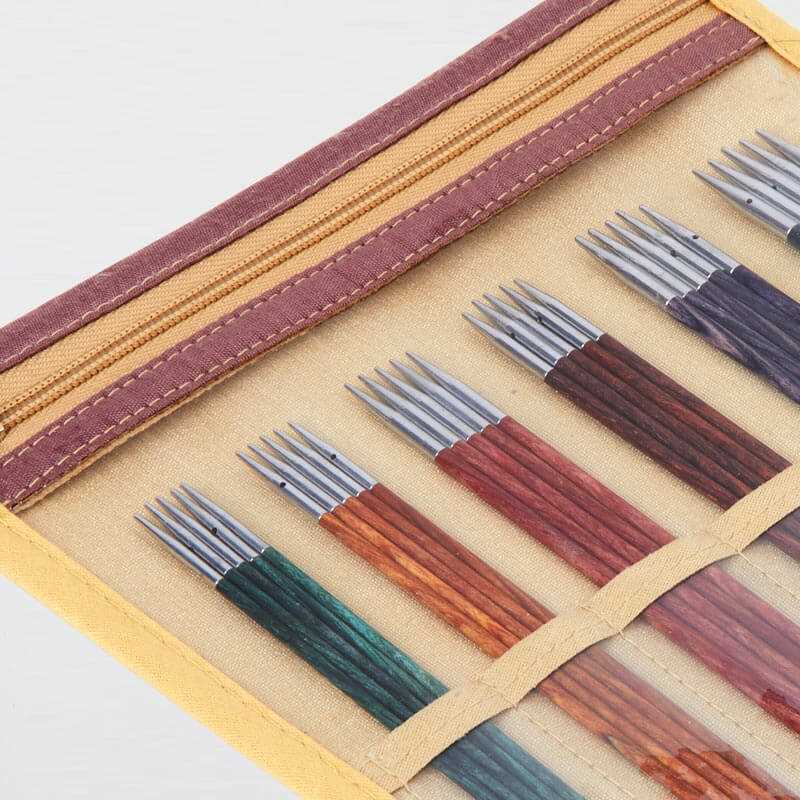
In the world of knitting, the magic loop technique is a popular method for knitting hats without the use of double pointed needles. This technique allows knitters to work on small circumference projects, like hats, using a long circular needle. With the magic loop technique, you can create seamless hats without the need for multiple needles, making the knitting process much simpler and more convenient.
So how does the magic loop technique work? Instead of using double pointed needles, you will need a long circular needle, preferably at least 32 inches in length. To start, you will cast on your stitches and then slide them towards the middle of the circular needle. You will then create a loop by pulling the cable out from the stitches, dividing them into two equal halves.
Next, you will begin knitting your hat in the round by working with one half of the stitches at a time. Using the working yarn, you will knit the stitches on the first half of the needle, following the pattern instructions. Once you have completed knitting the first half, you will pull the empty half of the needle through the stitches, making sure not to twist the stitches. This will create a new loop, and you will now work on the other half of the stitches in the same manner.
The magic loop technique allows for smooth and continuous knitting, eliminating the need to switch between multiple needles. Additionally, since you are working with a longer circular needle, there is less strain on your hands and wrists, making it a more comfortable and ergonomic option. Whether you are a beginner or an experienced knitter, the magic loop technique is a versatile and efficient way to knit hats without the use of double pointed needles.
How to Use Magic Loop Technique for Hat Knitting
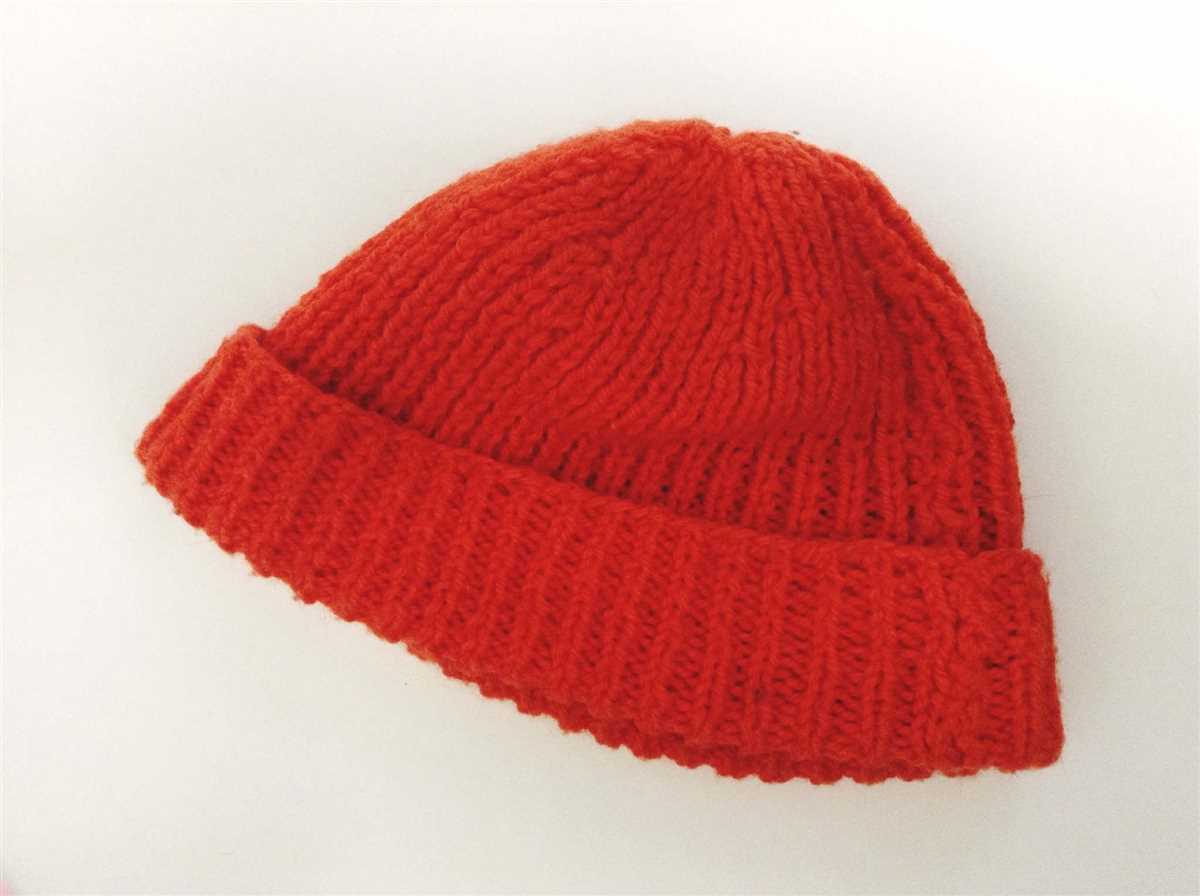
If you’re tired of using double pointed needles for knitting hats and want to try something new, the magic loop technique is a great alternative. This technique allows you to knit small circumferences, such as hat brims, using a long circular needle instead of multiple double pointed needles.
The first step in using the magic loop technique for hat knitting is to choose a circular needle that is long enough to comfortably hold the stitches. A 40-inch needle is a good starting point, but you may prefer a longer or shorter needle depending on your personal preferences and the size of your project. Make sure the needle is flexible enough to easily bend without breaking.
To start knitting with the magic loop technique, cast on your stitches as usual and slide them to the middle of the circular needle. Then, carefully divide the stitches in half, making sure the needle tip is positioned in the center of the stitches.
Next, you’ll need to create a loop by pulling the cable of the circular needle through the stitches. Hold onto the right needle tip and use your other hand to pull the left needle tip and cable out of the stitches, creating a loop.
Now, you’re ready to begin knitting. Start by knitting the stitches on the right needle tip, and when you reach the end of those stitches, pull the left needle tip and cable through again to create the next loop. Continue knitting around in this manner, working the stitches on one needle tip and then pulling the other needle tip and cable through to create the next loop.
This technique allows you to easily adjust the size of your knitting as needed and eliminates the need for double pointed needles. With some practice, you’ll find that the magic loop technique is a versatile and efficient method for knitting hats and other small circumference projects.
Alternatives to Magic Loop Technique for Hat Knitting
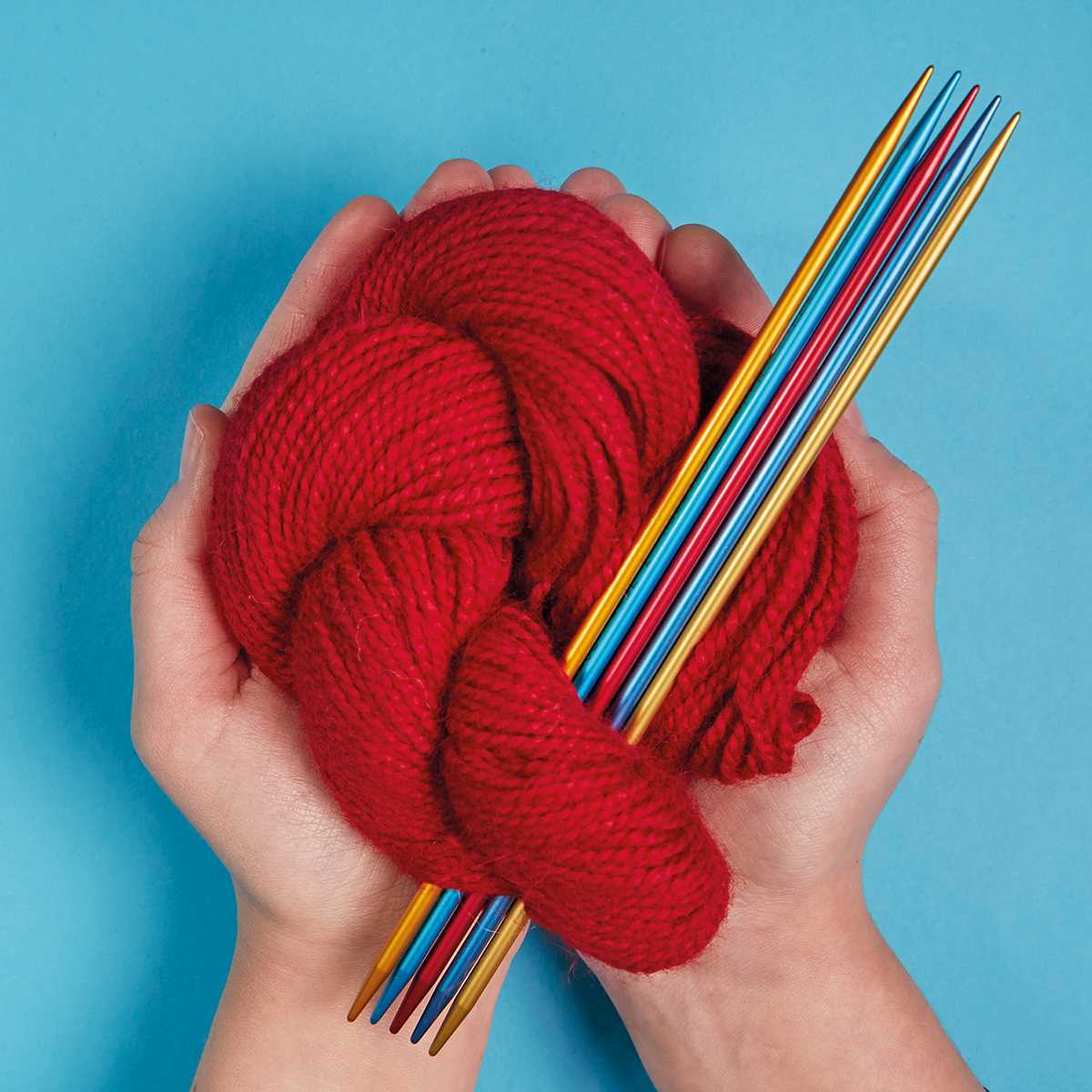
When it comes to knitting hats, the magic loop technique is a popular choice for many knitters. However, if you prefer not to use double pointed needles or find the magic loop technique too fiddly, there are other alternatives that you can try. These alternatives allow you to knit hats using circular needles without the need for double pointed needles.
1. Two Circular Needles
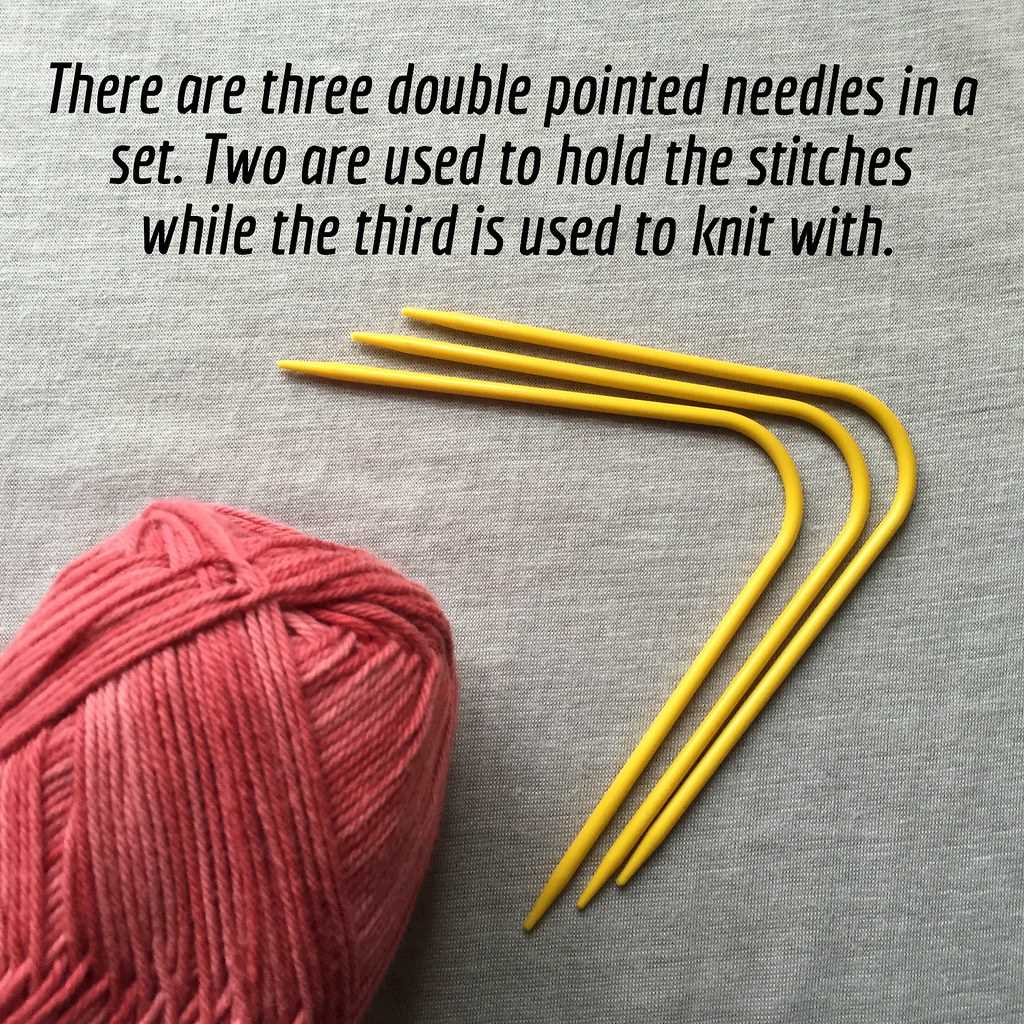
One alternative to the magic loop technique is to use two circular needles of the same size. With this method, you divide your stitches evenly onto two circular needles and work the hat in the round. Each needle holds half of the stitches, and you simply switch between the needles as you go. This technique can be easier for those who struggle with the long loop of the magic loop technique.
2. Small Circumference Circular Needles
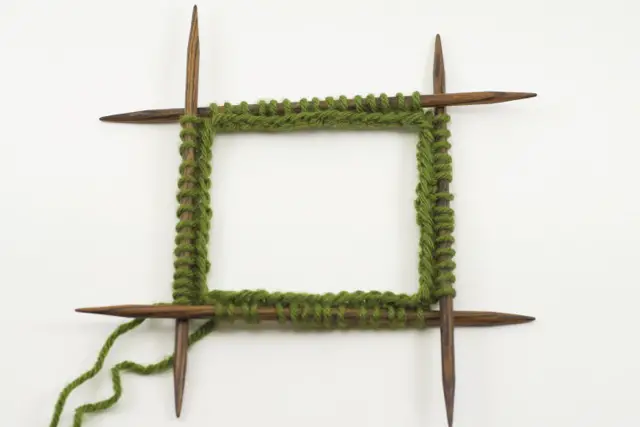
If you prefer to work with just one circular needle, you can use small circumference circular needles, also known as sock needles or teeny tiny needles. These circular needles have a shorter cable length and are specifically designed for knitting small projects with a small circumference, such as hats. You can simply work your hat on these smaller needles without the need for double pointed needles or the magic loop technique.
3. Knitting with a Single Circular Needle
Another option is to use a single circular needle and the “magic loop without the loop” technique. With this method, you use a circular needle with a cable length that is longer than what is typically recommended for the magic loop technique. You spread your stitches out evenly along the cable, and then simply knit in the round as usual, sliding the stitches along the cable as needed. This technique eliminates the need for double pointed needles or any looping of the cable.
These alternatives to the magic loop technique for hat knitting provide options for those who prefer not to use double pointed needles or find the magic loop technique challenging. Give them a try and see which one works best for you!
Hat Knitting Patterns with Straight Needles
If you’re a knitter who prefers working with straight needles, you’ll be happy to know that there are plenty of hat knitting patterns that you can create without the need for double pointed needles. Straight needles can provide a different knitting experience and may be more comfortable for some people to work with.
One popular hat knitting pattern that can be made with straight needles is the ribbed beanie. This pattern typically involves casting on stitches and knitting in a rib stitch pattern, such as k2, p2, for the brim. From there, you can continue knitting in either a rib stitch or a different stitch pattern for the body of the hat. Once you reach the desired length, you can gather the stitches at the top and secure them to create the crown of the beanie.
Another option for knitting a hat with straight needles is the slouchy beret pattern. This style of hat typically has a looser fit and a more relaxed, slouchy silhouette. To knit a slouchy beret with straight needles, you can start with a simple ribbed or garter stitch brim and then transition to a stockinette stitch or another stitch pattern for the body of the hat. To create the slouchy effect, you can increase the number of stitches as you go along, giving the hat a wider circumference at the top. Finally, you can gather the stitches at the top and secure them to complete the beret.
If you’re looking for more variety, you can also explore hat knitting patterns with cables, colorwork, or lace stitches that can be knit using straight needles. Some patterns may require a bit of seaming or stitching together at the end, but overall, knitting hats with straight needles can be a rewarding and enjoyable experience.
Adapting Patterns for Double Pointed Needles to Straight Needles
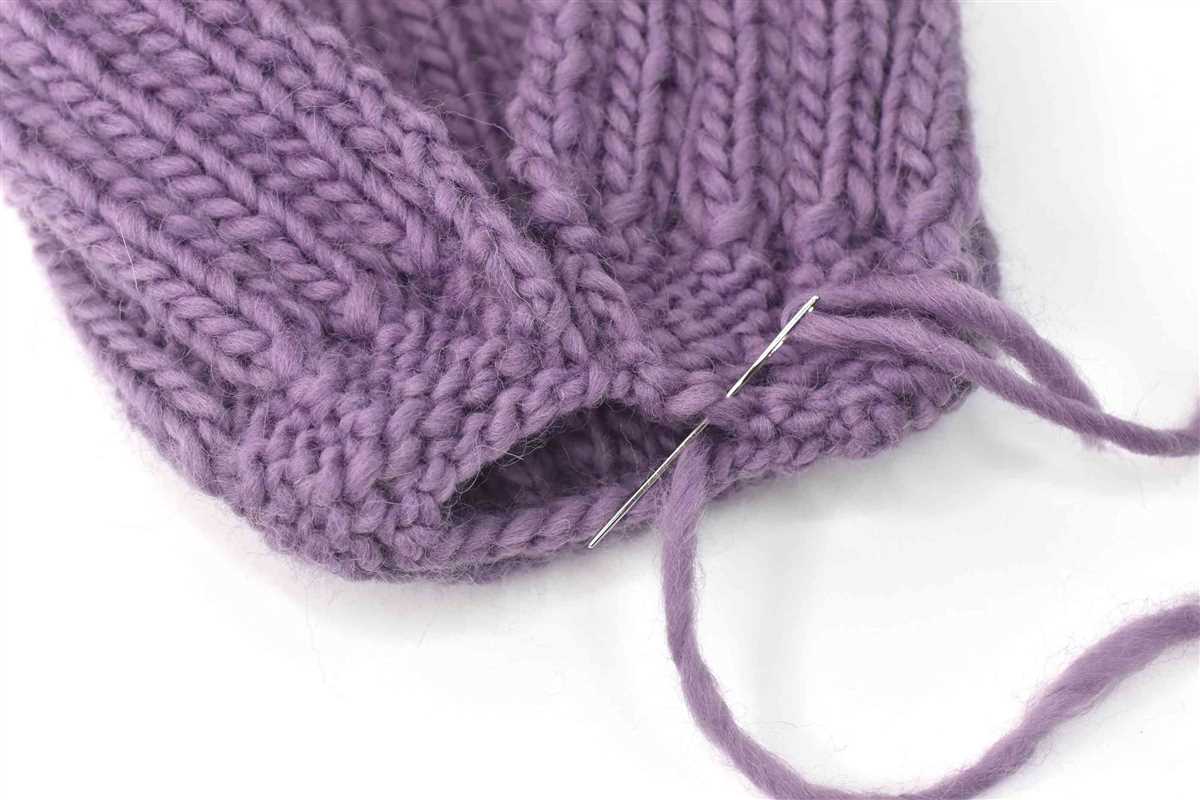
Knitting patterns that call for double-pointed needles (DPNs) can easily be adapted to be worked on straight needles. While DPNs are often used for knitting in the round, some knitters prefer the stability of working with straight needles. Adapting a pattern from DPNs to straight needles simply requires a few modifications to the original pattern.
1. Adjusting the stitch count: When working with DPNs, the stitches are typically divided evenly among the needles. To adapt the pattern for straight needles, the total number of stitches should be adjusted accordingly. For example, if the pattern calls for dividing the stitches among 4 DPNs, the total stitch count can be divided by 2 when working on straight needles.
2. Changing the shaping: If the pattern includes shaping such as increases or decreases, these can be modified to work with straight needles. For example, if the pattern calls for increasing at the beginning and end of each DPN, the increases can be spread evenly across the row when working on straight needles.
- 3. Using stitch holders or markers:
Instead of transferring stitches between DPNs, stitch holders or markers can be used to keep track of sections of the work. For example, if the pattern calls for transferring stitches to a second and third DPN, these stitches can be placed on a stitch holder and worked later when working on straight needles.
- 4. Adjusting needle size:
DPNs often have a smaller circumference compared to straight needles. When adapting a pattern to straight needles, it may be necessary to adjust the needle size to achieve the desired gauge and fabric texture. Swatching with the chosen straight needles will help determine the appropriate needle size.
By making these modifications, knitting patterns that call for DPNs can be easily adapted to be worked on straight needles. This allows knitters to work with their preferred needle type while still achieving the desired pattern results.
Tips for Knitting Hats without Double Pointed Needles
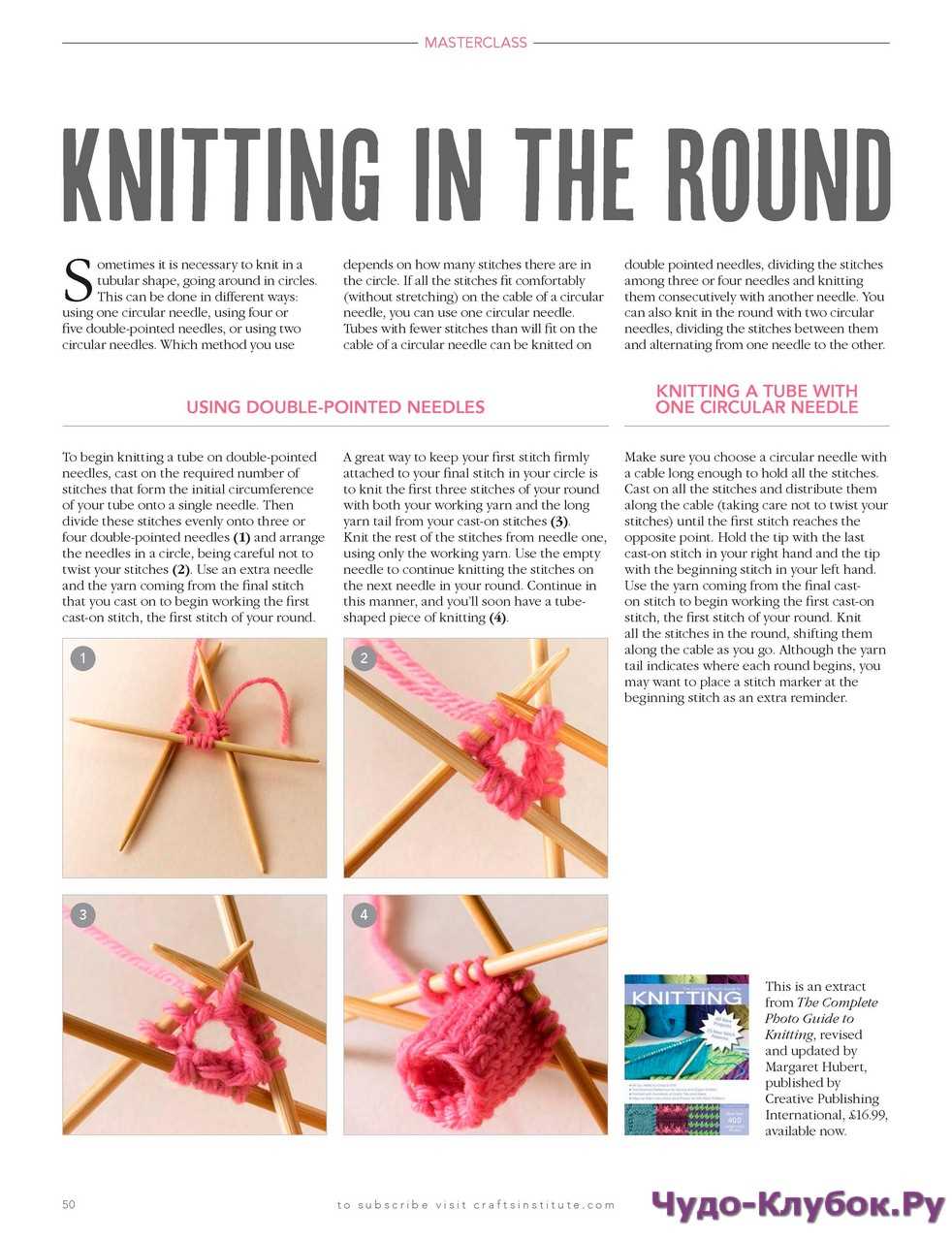
While double pointed needles are a common tool for knitting hats, they can be tricky to use and may not be preferred by all knitters. Fortunately, there are alternative methods for knitting hats without double pointed needles. Here are some tips to help you knit hats using straight or circular needles instead:
1. Use circular needles with the magic loop technique
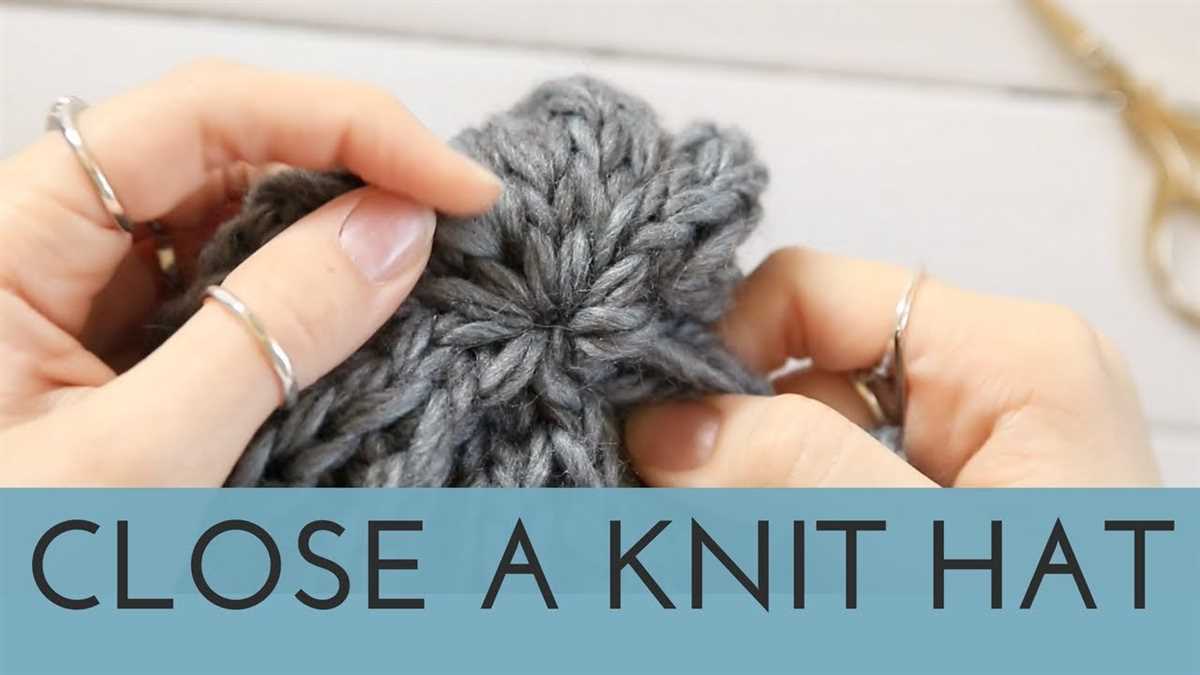
If you’re comfortable working with circular needles, you can use the magic loop technique to knit hats. This technique involves using a long circular needle and dividing your stitches onto two halves. By pulling one end of the needle through the stitches, you can create a loop and continue working on one half of the stitches at a time. This allows you to knit in the round without the need for double pointed needles.
2. Choose a hat pattern designed for straight or circular needles
When knitting hats without double pointed needles, it’s important to choose a pattern that is designed for straight or circular needles. Look for patterns that specify the use of these needle types, as they will provide clear instructions on how to knit the hat using the alternative method. You can find a variety of hat patterns available online or in knitting books that cater to different needle preferences.
3. Adjust your tension and gauge
When knitting hats without double pointed needles, it’s important to adjust your tension and gauge accordingly. Since you’ll be working on straight or circular needles, the tension and gauge may differ from when using double pointed needles. Take the time to swatch and measure your stitches to ensure that your hat will fit correctly. Adjust your needle size if needed to achieve the desired gauge.
4. Use stitch markers
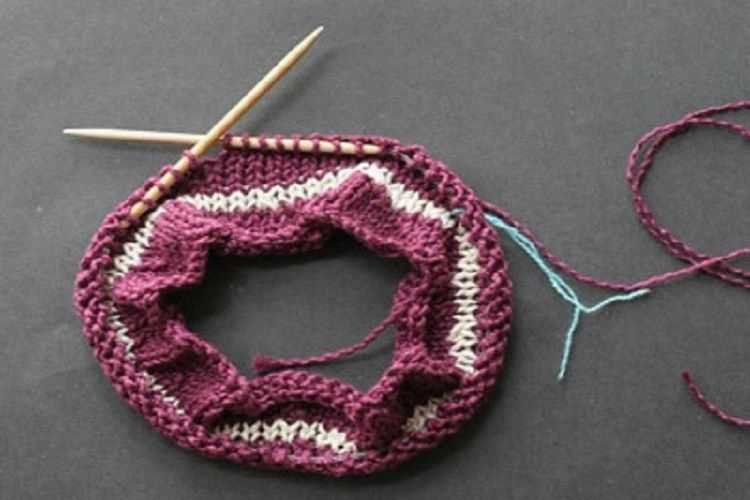
When knitting hats without double pointed needles, stitch markers can be especially helpful in keeping track of your stitches and rounds. Place a stitch marker at the beginning of each round to mark the start of the round. Additionally, you can use stitch markers to mark any special stitch patterns or increases/decreases in the hat pattern. This will help you keep your place and prevent mistakes.
By following these tips, you can successfully knit hats without using double pointed needles. Whether you choose to use circular needles with the magic loop technique or straight needles, there are plenty of options available for knitting hats using these alternative methods.
Troubleshooting Common Issues with Hat Knitting without Double Pointed Needles
Knitting a hat without double pointed needles can be a fun and rewarding project, but sometimes you may encounter common issues along the way. Here are some troubleshooting tips to help you overcome these challenges:
Tight Stitches
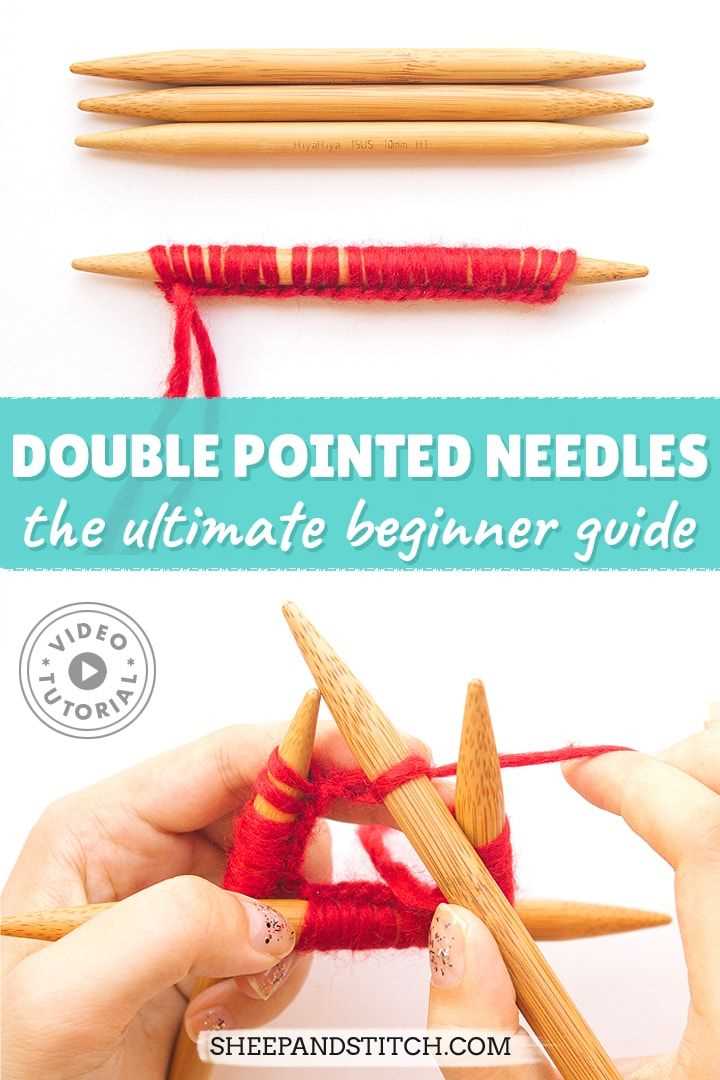
If you find that your stitches are too tight and it’s difficult to knit, try using larger-sized circular needles. This will give you more room to maneuver the stitches and create a looser fabric.
Decreasing Difficulties
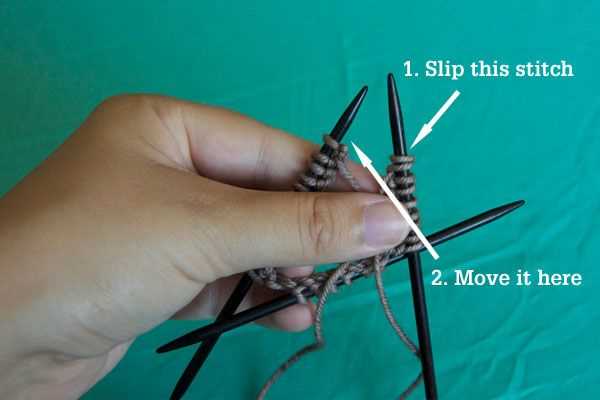
When it comes to decreasing at the crown of the hat, you may encounter difficulties if you have a limited number of stitches on your circular needles. To solve this problem, you can switch to double pointed needles for the final stages of decreasing. Alternatively, you can use the magic loop method to increase the flexibility of your circular needle.
Uneven Stitch Count
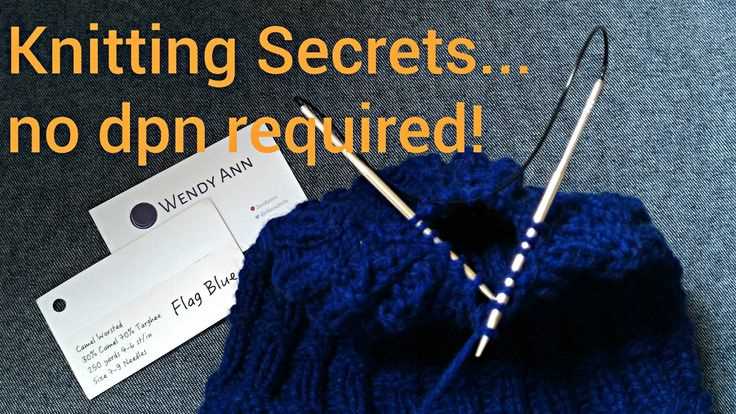
If you end up with an uneven stitch count after joining in the round, carefully check your stitches to identify any accidental yarn overs or dropped stitches. Correct any mistakes and ensure that you have the correct number of stitches for your pattern before proceeding.
Flipping Brim
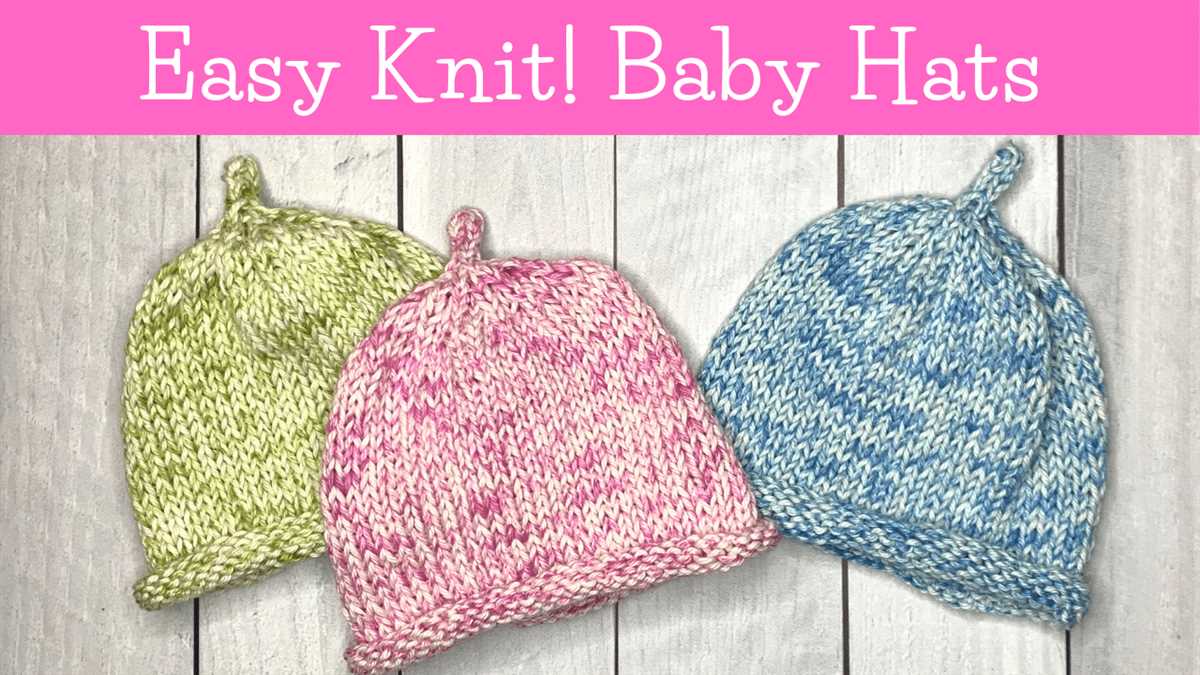
One common issue with hat knitting without double pointed needles is a flipping brim. This happens when the brim rolls up instead of lying flat. To prevent this, consider adding a ribbed brim or using a smaller needle size for the brim section to create a tighter fabric.
Summary:
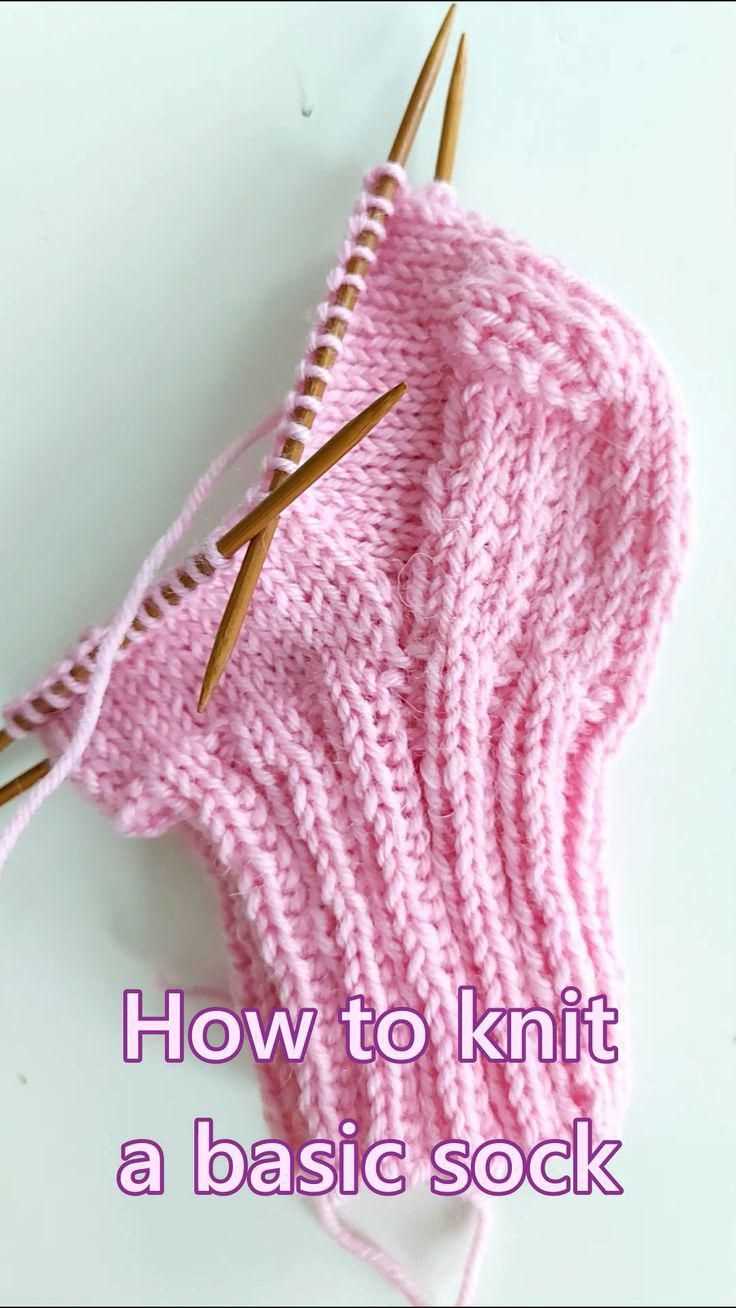
Knitting hats without double pointed needles can be challenging at times, but with the right troubleshooting techniques, you can overcome common issues. Remember to adjust your needle size if your stitches are too tight, consider switching to double pointed needles or using the magic loop method for decreasing difficulties, check for an even stitch count before continuing, and experiment with different brim techniques to prevent flipping. By addressing these common issues, you’ll be well on your way to knitting beautiful hats without double pointed needles.